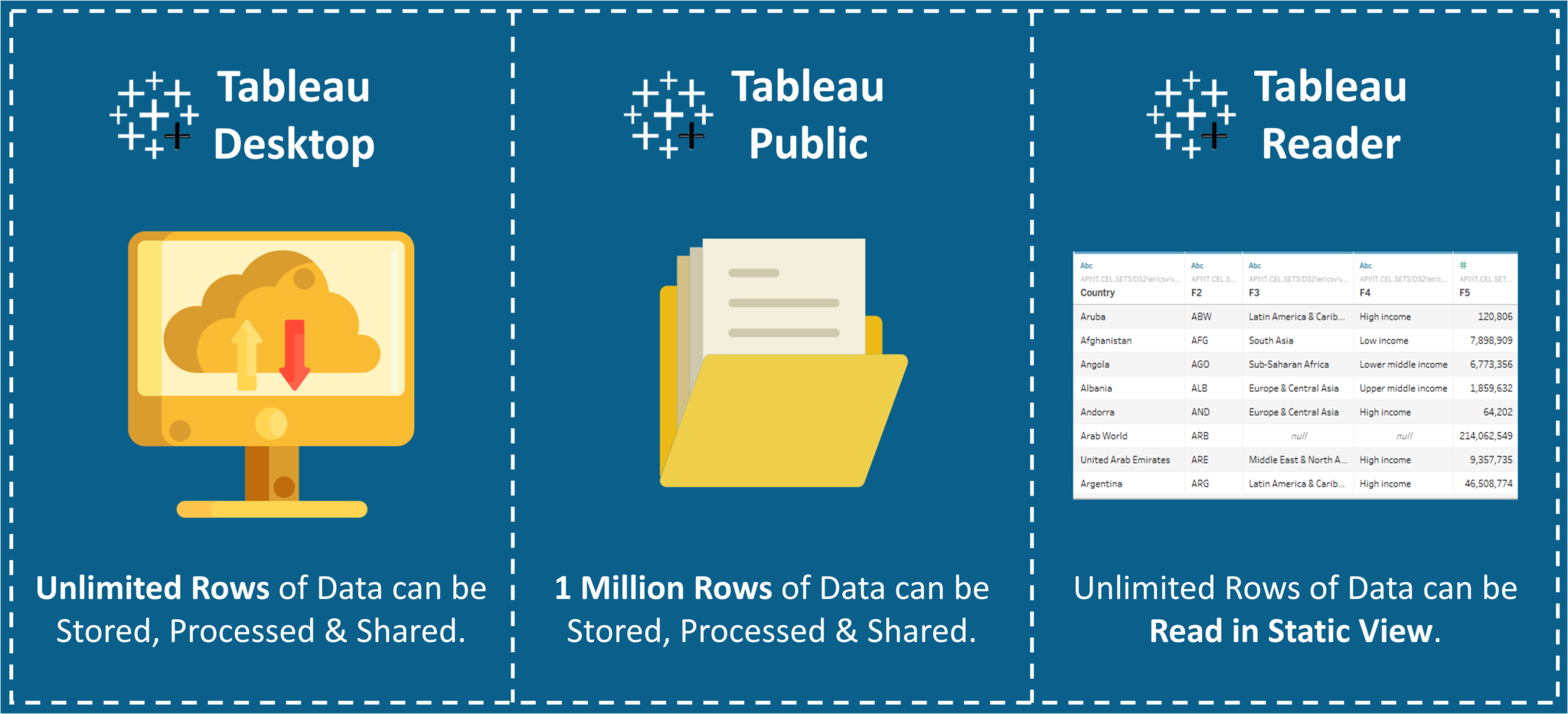

is getting far wetter on average, with some areas – including parts of the Mississippi River Basin – now receiving up to 8 more inches of rain each year than 50 years ago, based on data from the National Weather Service and the National Oceanic and Atmospheric Administration. In the wake of July’s floods, the Mississippi River Basin Ag & Water Desk – a journalism partnership that includes more than 14 newsrooms – asked climate data nonprofit Climate Central to analyze 50 years of rainfall patterns.įindings showed that the eastern half of the U.S. We’ve got to make it better.” ‘More fuel to work with’ “This problem is not going to get better. This last flood sure proves it,” said Bob Criss, a Washington University emeritus professor who studies regional flooding. The shifting trends and escalating flood risk raises urgent questions about society’s readiness to cope with the change, as spiraling and once-unheard-of rainfall extremes become more frequent. Louis and Eastern Kentucky helped showcase the risks wrought by a climate that is growing hotter and wetter – and more prone to dumping massive rains and flash flooding on communities whose creeks, streams and drainage systems are not equipped to handle such volatile waters. It was yet another example that rain isn’t falling the way that it used to, with both the magnitude and intensity of extreme rain events increasing throughout recent decades, across a large part of the country. Louis’ single-day record by more than two inches, for instance. The rainfall totals obliterated previous records in each area by a margin that was difficult for some experts to fathom – topping St. Longtime residents in both regions, no strangers to severe storms and flooding, said they’d seen nothing like it before – and they’re right. The great thing about it is that it creates interactive content, which is much more engaging than static photos of a graph or a chart.Courier-Journal Members of the Tennessee Task Force One search and rescue team waded through Troublesome Creek in Eastern Kentucky, searching for victims in an area jumbled with debris on Sunday, July 31, 2022.įorty people were killed in Eastern Kentucky. Tableau Public can create appealing data visualizations that can then be saved to your profile and shared with others via social media or published on your personal website or blog. Generate interactive charts, graphs and maps, then share and publish them

In other words, bloggers and other types of authors can build sketches of their article with Tableau Public, without missing editing features such as font formatting and page alignment, shading, borders, and lines, annotations, legends, and more. Stories enable you to create a type of article where sheets with graphs can be inserted into the text. Furthermore, you can enrich the data set with stories and dashboards. Moreover, Tableau Public brings to the table a set of analysis tools that enable you to draw trend lines or calculate totals and percentages.Ĭreating more than one sheet in a single project is possible. Based on the data source, the application identifies dimensions and measures, allowing you to create professional-looking graphs, charts and maps of multiple types just by dragging and dropping fields onto the current sheet. Processing the data with Tableau Public requires you to create a new worksheet. Generate graphs of various types without effort and start building your article Furthermore, you can add new tables and initiate new connections to gather information from multiple sources. Tableau Public queries the data and imports it, displaying it all in a table where you can easily sort fields and add filters. Additionally, it can connect to OData servers and Google Sheets, or a web data connector. The assortment of data sources in Tableau Public includes Excel spreadsheets, Access databases, JSON data, as well as text, spatial, or statistical files. Import data from individual files, Access databases, or online sources, and connect it all in one worksheet Tableau Public is an application that can help anyone transform small or large data sets into relevant graphs and charts that can then be shared with others and published online. Important topics bloggers, journalists, and other such categories of people write about must be backed up by statistical data to become well-documented articles.


Facts are what brings credibility to a story.


 0 kommentar(er)
0 kommentar(er)
